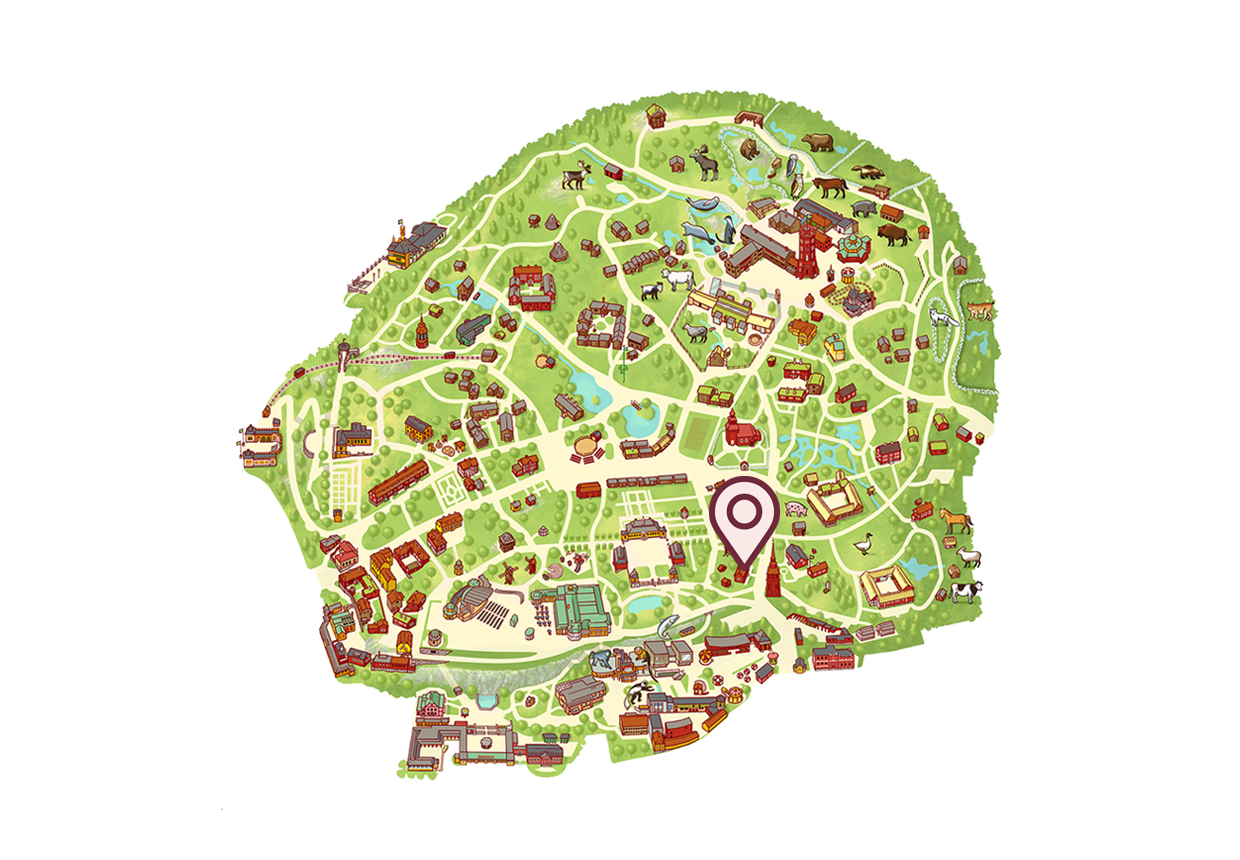The midwife’s working day
When the time came to give birth, the midwife was called. She had to be prepared to head out at any time of the day or night, and in all weathers. The midwife went to the place of birth by foot, bicycle, horse, boat, kick-sled or skis. She carried her bulky, heavy midwife’s bag containing the equipment she would need, such as soap, nail brush, sterile umbilical dressings, stethoscope and forceps.
The working environment was often far from ideal, with home births sometimes taking place in dirty houses infested with fleas and lice. The midwife rolled up her sleeves and washed thoroughly, then dipped her hands in a corrosive carbolic acid solution.
Lengthy deliveries and aftercare
Swedish midwives worked independently, making decisions about which interventions were needed during childbirth. The long forceps were used to pull out babies that had got stuck, saving the lives of both mother and child. The delivery could be a long and protracted process, and once the baby was born, the midwife took care of the mother and her child. In most cases, the men stayed out of the way, sometimes even taking refuge in the woodshed. After the birth, neighbours and friends would bring food so that the new mother did not have to cook.
Mortality rates were high for both mothers and babies. Many new mothers died from puerperal fever, a severe type of fever, but thorough cleanliness led to a reduction in the mortality rate towards the end of the 19th century.
In the 1920s, healthcare came closer to mothers-to-be with the introduction of the district midwife, who worked in a specific area. During the 20th century, hospital births gradually became more common.
Several dresses in the midwife��s uniform
It was not until 1924 that midwives were required to wear a uniform. The midwife’s uniform consisted of several dresses for use on different occasions. On a day-to-day basis, the midwife wore a blue dress with a white apron. She also had a more formal dress. When the midwife graduated, she was given a special brooch and an armband to show her professional status. The midwife at Skansen wears clothes modelled on originals from the period.

